Last night the Council asked staff to look into a couple of ideas I’d gotten from residents and business owners1:
- Allow neighborhoods to close off their block at certain times to create impromptu biking and play areas2; and,
- Temporarily close off the north few blocks of Laurel Street to create a pedestrian mall during the pandemic emergency.
The first idea could be expanded to do something like what Oakland and a few other communities are doing — creating bike corridors — but I didn’t pitch it that way out of a concern such extensive pathways would significantly impact people getting to and from their homes by car. The expanded version works better, I think, when you have longer roads that go through mostly commercial or retail areas because business traffic is pretty light given the shelter-in-place orders.
But people are certainly welcome to lobby staff and the Council for a larger scope. If you’re interested in seeing something like this happen (or you don’t want to see it happen) please get engaged. In addition to all the Council members I’d encourage you to reach out to Jeff Maltbie, our city manager, and Amy Newby, our parks & rec director, within whose purview I think the initial study work will take place.
The idea of a temporary pedestrian mall in our downtown core likely strikes at least some people as counter-intuitive. Aren’t we all supposed to be staying in our homes except when we have to go out?
Minimizing social interaction to slow the spread of Covid-19 is certainly the primary goal. But from the get go the emergency regulations have encouraged people — taking due precautions — to patronize local restaurants for take-out. People have to eat, and every meal purchased from a local restaurant is one less (or at least one shorter) visit to a grocery store.
Moreover, the authorities don’t want to harm the local economy more than is strictly necessary and food-related businesses are both a big part of our local economy and a part that is particularly sensitive to the kind of shut-down we’re doing. It’s essentially impossible for a restaurant (or other food-based business) to shift to a work-from-home model3.
The Bay Area counties stated yesterday the next round of emergency regulations will extend through the end of May and will contain certain relaxations of the current stringent focus on staying at home. What those relaxations will be hasn’t been made public4. But it wouldn’t surprise me if they would make a temporary pedestrian mall something that will make lives a little less stressed than they are today.
So if you have an opinion about the Council authorizing a temporary downtown pedestrian mall I’d encourage you to get engaged. The Council and Jeff Maltbie are good people to lobby, as will be, I suspect, Al Savay, our community and economic development director.
Thanx, Sonia, Greg and others! ↩
My neighbors south of me on Chestnut had an impromptu one the other night and it looked like the kids — and their parents — were having a blast. ↩
That applies to some other businesses as well, of course. ↩
No doubt because working out the details is fiendishly complicated: relax too much, too soon and we’ll undo much of the benefit we’ve gotten; but relax too little, too late and we’ll also undo much of the benefit because more and more people will rationalize their way around the constraints or simply stop following them. ↩
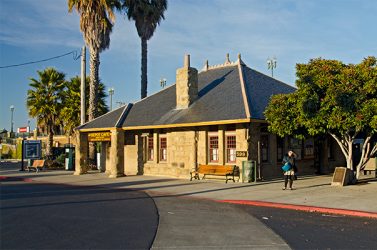
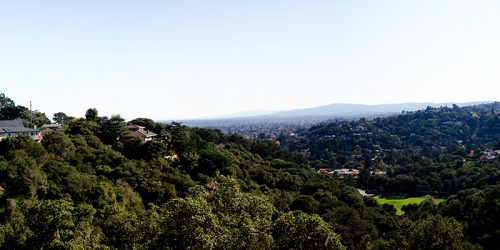
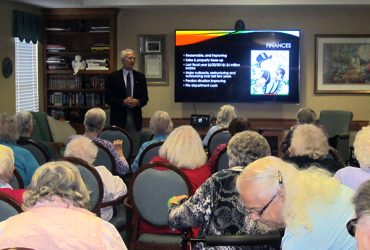

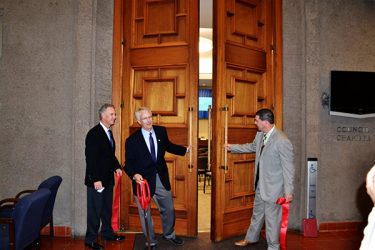
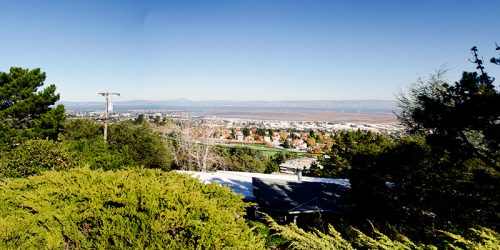

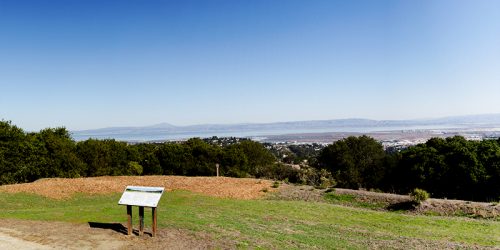
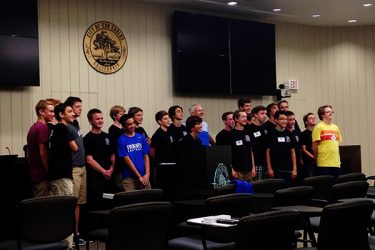
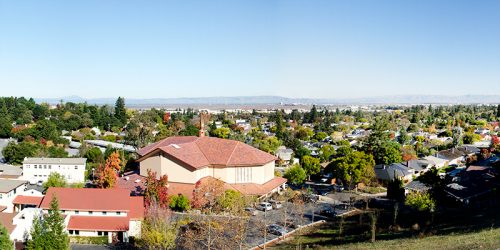

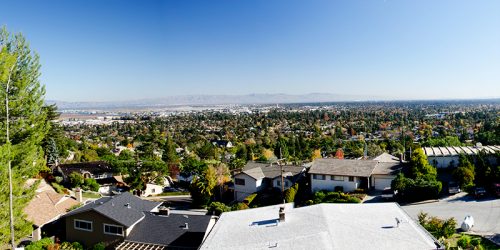
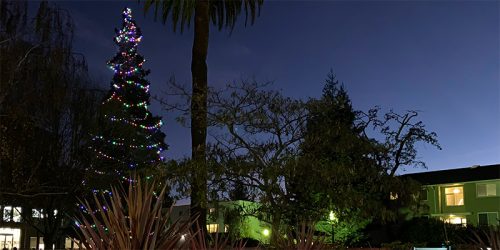
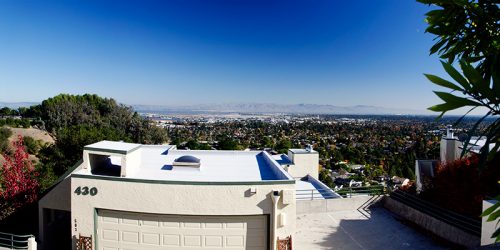
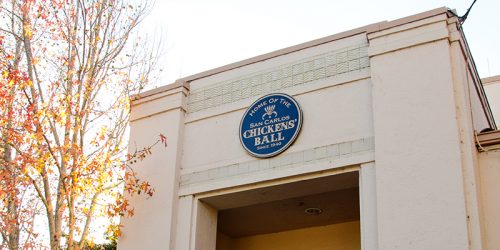
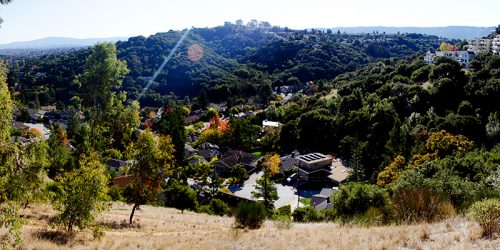
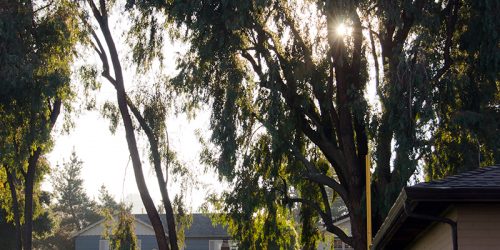
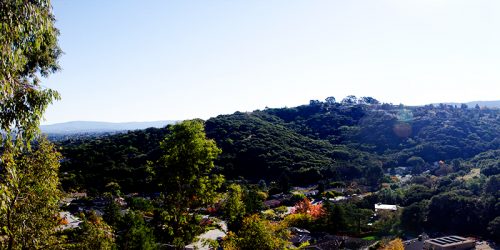
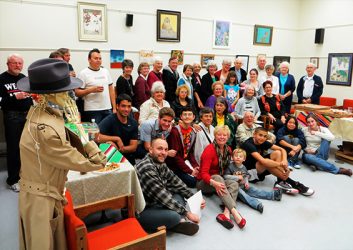
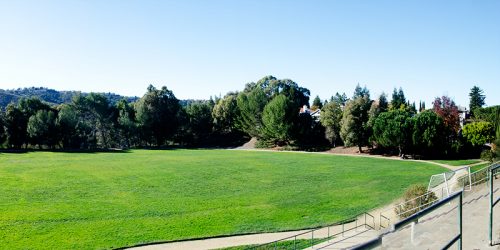

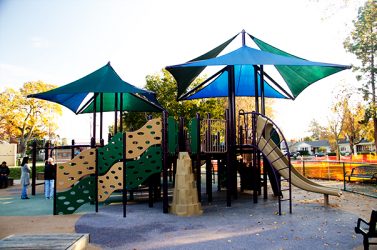
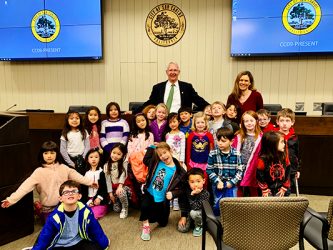



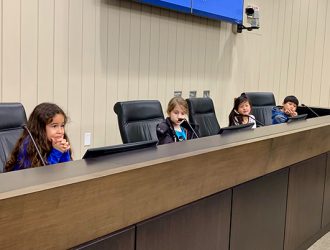
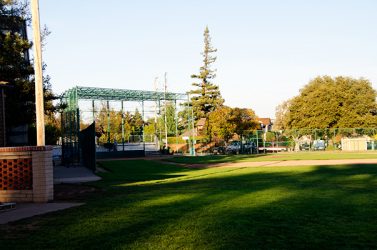
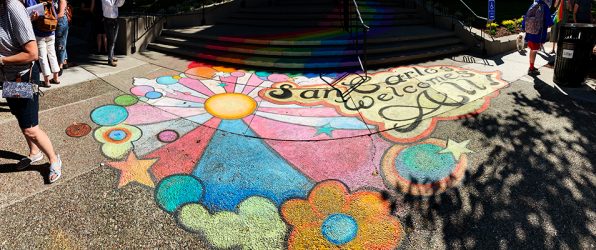
7 thoughts on “Bike/Play Neighborhoods and a Temporary Pedestrian Mall”
I would love to see downtown Laurel Street pedestrianized permanently! Maybe between 10am to midnight. Plaza style like they have in Europe (where deliveries can come before 10am to the front of the building or anytime to the back of the building). It would be great when we’re “back to normal” to be able to have tables outside every restaurant with plenty of spacing between tables.
LOL! (and not at you). It’s an inside joke, Samantha, among city staff that almost every newly-elected Council member either comes into office with that idea or develops it very shortly thereafter. I know I did, when I joined the Council back in 2011.
Here’s the main reason why it hasn’t happened: the parking spaces along Laurel are a significant part of our downtown parking capacity. There are, for example, 56 spaces on the block between Cherry and San Carlos Avenue (I know because I counted them after I told staff how I’d like to study creating a pedestrian mall and they pointed out this issue to me). To put that in perspective there are roughly 300 spaces in the new, expanded Wheeler garage. So that one block of Laurel represents just shy of 20% of the garage. Add in a few more blocks and you can see how losing the parking spaces on Laurel would be a big deal.
It’s not an insurmountable problem. But it would require either the construction of new garage space or a significant shift in how people get around in our culture. The latter will likely happen at some point…but I’m not holding my breath particularly since some of the obvious choices (e.g., wide-spread local shuttles) are cost-prohibitive.
We could build more garage space. But that costs money and, for me at least, I’m not willing to see the community pay 100% of a cost which, while it would benefit the community, would also generate significant benefits to downtown property owners and merchants. I’d rather see a public/private partnership take on the task.
In any event, I like your idea and would love to see it come to pass. But replacing those parking spaces is the first big challenge to overcome.
Mark –
How long ago was the cost effectiveness of shuttle service last evaluated? Might there be funding available from PCE that could help support some sort of electric vehicle shuttle service — at minimum, running up and down Laurel Street (so the mobility impaired could still access stores and restaurants along the pedestrian mall) or (even better) doing a Laurel to San Carlos Ave to Alameda to Brittan to Laurel (and reverse) loop? Given that reducing greenhouse gas emissions from transportation is one of the key challenges for the City and County in addressing the climate crisis, anything that makes it easier for people to shop downtown without driving individual vehicles there would be a win on multiple fronts. Using open-air shuttles might alleviate health concerns associated with riding public transit. I’m not doubting that this has been considered before nor that the economics didn’t pencil out in the past; I’m just wondering whether the economics might have changed a bit such that there might be a way to make a shuttle more cost-effective now. As I recall, San Carlos’ previous experiment with a shuttle provided rides for free. Perhaps charging a nominal fare would help without making it cost-prohibitive.
Hi Kathleen,
Things do have a habit of changing :). However in this case my sense is the economics are still not there without a non-trivial commitment of on-going public resources. I say that because Commute.org, while doing an excellent job providing shuttle service quite cost-effectively, still faces challenges making the numbers work, even though they receive quite a bit of regional, state and I believe federal support. And their target market is much more point to point (e.g., train station to one of several employers in an area) than a community-focused shuttle service.
This is part of what’s called the “last mile problem”. We’ve built a tremendous system for getting people to and from relatively low density housing (e.g., single family homes) because that’s what was desired by most people back in the 1950s – 1990s when the housing developments were built. But the decentralization at the heart of the system makes it expensive to adapt it to mass transit solutions. A system which, say, served Brittan Avenue would be of little or no interest to people living on Alameda or San Carlos Avenue or Crestview and they’d quite reasonably object to spending scarce public funding on something that does not benefit them.
Smaller loop routes like you describe might work but they, too, require adaptation by the community. I reviewed them in-depth with staff not too long ago because I was wondering if we could, say perhaps as part of approving new commercial developments on the east side require those projects to make their employee parking lots — which they have to build — available to the public, free of charge, outside of normal business hours.
What I learned is that the typical San Mateo County resident will not take advantage of such satellite parking even if it is served by a frequently-operating loop shuttle. Instead, they’ll cruise the downtown area looking for parking. Which again makes the financials problematic (i.e., the shuttle service would operate at a “loss” due to under utilization).
Overcoming those constraints doesn’t require us to, as Scotty used to say on the ol’ NCC-1701, violate the laws of physics. But resolving them does require a shift in attitudes and perceptions. Which takes a lot of time and effort, which in turn are resources taken away from pursuing other community interests.
But I encourage people to keep puzzling over the problem and talking it up with their friends and neighbors. If nothing else that can help shift those attitudes and perceptions.
Hi Mark-
We can all agree that this time period is beyond anything that any of us could have ever imagined. Time to be creative and think outside the box. Why not try a temporary closure of parts of Laurel? It just makes no sense to sit and watch as businesses start to close their doors. These businesses need our help and support! I am in agreement that losing 56 parking spaces is a problem, however, a “temporary” plan just makes sense – and what do we have to lose?! The City and these businesses needs action.
Hi Carolyn,
I think a temporary closure could make sense, which is why I lobbied the Council to task staff with evaluating it.
It’s not as simple as one might think, however. For example, the primary reason restaurants would likely be in favor of this is because they don’t believe they can operate successfully if they are required to maintain social distancing among customers. Think about any restaurant you’ve ever been in: the people are generally sitting quite close to each other. If all the customer groups had to be at least six feet apart from each other you’d have a lot fewer tables, meaning a lot fewer customers can be handled at any one time. To make the numbers work that would require substantially higher prices…which might then substantially reduce the number of people willing to dine out.
So the primary reason restaurants want a pedestrian mall area is because it gives them “free” space in which their customers can maintain social distancing while still consuming food bought from/served by the restaurant.
Retail stores are different. They typically don’t have lots of customers crowding into their store at any one time. Most of the space in the store is dedicated to displaying their wares so that any given customer who comes in is more likely to find something to buy.
So they want to make it as easy as possible for their customers to get to the store. That leads them to prefer as much parking as possible immediately in front of/adjacent to their store.
Whatever approach that we come up with, even a temporary one, needs to balance these competing interests (and those aren’t the only competing interests in play, just two of the easiest ones to describe).
I’m confident we can come up with something. But we need to think through the details a bit, and gain buy-in from the various affected parties.
We would love to see Laurel permanently closed to traffic. It is an idea that comes up often with our friends and we believe would be wildly popular with all families.